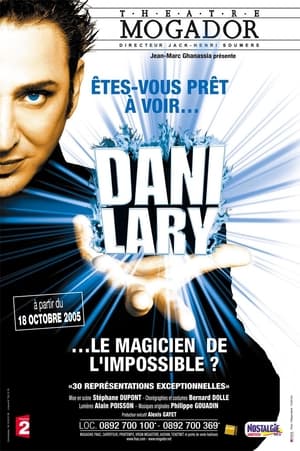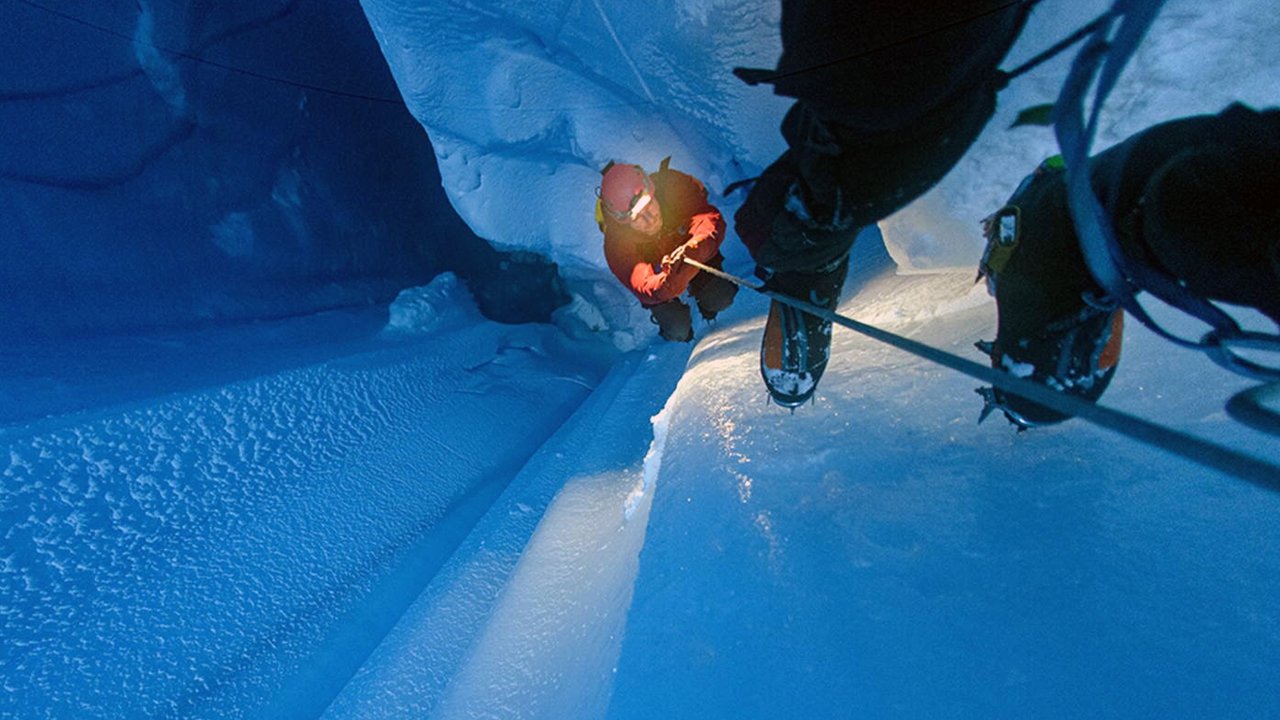
Ice Passengers(1993)
Greenland, the largest island in the world, is unlike any other country. The film recounts the exploration of the Inlandis cavities in Greenland during the summer of 1992. Janot Lamberton, one of the pioneers of these expeditions, ventured, with speleologists and mountaineers, into the moulins, these immense crevasses that tear through the back of the Inlandis, a vast glacier four times the size of France, while glaciologist Louis Reynaut studies infraglacial phenomena. It is obviously not easy to penetrate the depths of the ice and film at a depth of 150 meters in sub-zero temperatures. The light is blue in one of the most fascinating landscapes on the planet, where scientists and explorers collaborate to deepen their knowledge of the Earth.
Movie: Ice Passengers
Top 2 Billed Cast
Self (Glaciologue)
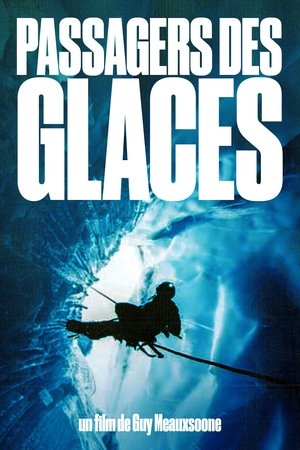
Passagers Des Glaces
HomePage
Overview
Greenland, the largest island in the world, is unlike any other country. The film recounts the exploration of the Inlandis cavities in Greenland during the summer of 1992. Janot Lamberton, one of the pioneers of these expeditions, ventured, with speleologists and mountaineers, into the moulins, these immense crevasses that tear through the back of the Inlandis, a vast glacier four times the size of France, while glaciologist Louis Reynaut studies infraglacial phenomena. It is obviously not easy to penetrate the depths of the ice and film at a depth of 150 meters in sub-zero temperatures. The light is blue in one of the most fascinating landscapes on the planet, where scientists and explorers collaborate to deepen their knowledge of the Earth.
Release Date
1993-01-01
Average
10
Rating:
5.0 startsTagline
Genres
Languages:
FrançaisKeywords
Recommendations Movies
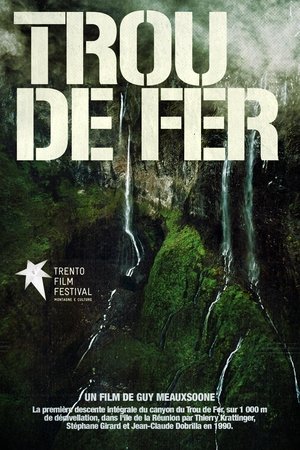 10.0
10.0Trou de Fer(fr)
For canyoning enthusiasts, the Trou de Fer on Reunion Island is a must-see, and not just for the faint-hearted. The first complete descent of the canyon, with a 1,000-meter drop, was made by Thierry Krattinger, Stéphane Girard, and Jean-Claude Dobrilla in 1990. Filming took place in very difficult conditions: an aquatic atmosphere, a dramatic void, and mediocre rock in the 300-meter waterfall. The documentary Trou de Fer was selected for competition at the Trento Film Festival in 1992.
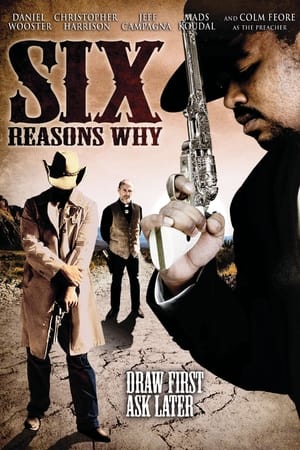 5.2
5.2Six Reasons Why(en)
In a desolate place called the Badlands, four men stand off with guns drawn, their fingers ready at the trigger. Among them are a fugitive seeking redemption, a son out to avenge his father's murder, a loyal servant with a secret and a murderous criminal hired to kill with a vengeance. This is their story...in a place where revenge, deception and cruelty are a way of life.
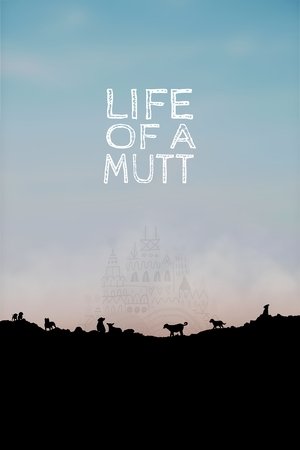 10.0
10.0Life of a Mutt(sr)
Through seven scenes, the film follows the life and destinies of stray dogs from the margins of our society, leading us to reconsider our attitude towards them. Through the seven “wandering” characters that we follow at different ages, from birth to old age, we witness their dignified struggle for survival. At the cemetery, in an abandoned factory, in an asylum, in a landfill, in places full of sorrow, our heroes search for love and togetherness. By combining documentary material, animation and acting interpretation of the thoughts of our heroes, we get to know lives between disappointment and hope, quite similar to ours.
 3.0
3.0Die Alpenklinik(de)
After an alleged malpractice that led to the death of his brother, heart surgeon Daniel Guth took the consequences: he gave up his beloved job and retreated into the solitude of nature. At his place of refuge, the Salzburg mountains, the heiress to a private clinic is desperately looking for a capable chief physician. Daniel declines the post, although he finds the woman attractive. When a boy is seriously injured in a bus accident, he is confronted with his trauma again.
 6.4
6.4Six Pack(es)
High school is almost over and four friends are going their separate ways as they go to college. But they have one more chance to spend some time together: Inspection 12, their favorite band, is playing one last concert in Jacksonville, FL.
 5.0
5.0God's Soldier(en)
A hard-as-nails nun must take on a rogue agent to protect a child in her care who harbours a special gift. When she is left for dead and her chapel is destroyed, she is given a second chance at life, fighting back in a brutal pursuit for revenge, doing everything in her power to save the chosen girl from a fate worse than death.
 3.3
3.3Cold Hard Cash(en)
Watch what happens when two beautiful bad girls with no option are put in a desperate situation.
 5.0
5.0Mushroom Seekers(en)
Mushroom Seekers is a first-person exploration of the world of wild mushrooms and the people who pick them.
 5.7
5.7Bed & Breakfast(en)
Life changes for three women who run a failing hotel when a mysterious man washes up at the beach.
 5.0
5.0Career Girl(pl)
Zoska, is an attractive, well-educated and hard working woman who doesn't want to be stereotypically labeled by modern world. When she gets fired her world collapses, now she must realize what she really wants from life.
 6.0
6.0Mantovani, the King of Strings(it)
Known for his unmistakable cascading strings and recordings such as Charmaine, Mantovani enthralled the world with his sublime arrangements. This is the story of the man and his music.
 3.7
3.7Just 4 Kicks(en)
A stranger tries to help twin brothers who play for a winless soccer team.
Similar Movies
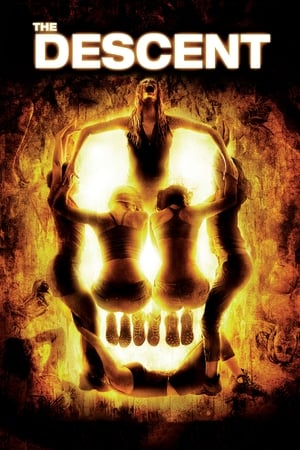 7.0
7.0The Descent(en)
After a personal tragedy, Sarah joins her friends on a caving expedition in the Appalachian Mountains. But when a rockfall traps them deep underground, their adventure turns into a nightmare. As they search for a way out, the group discovers they are not alone—lurking in the darkness are savage, cave-dwelling creatures. With rising tension and dwindling trust, the women must fight to survive against both the predators and each other.
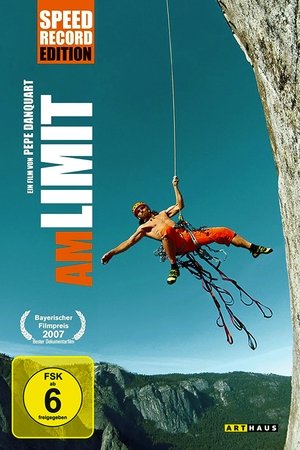 7.5
7.5To the Limit(de)
At the Limit is a documentary about extreme climbing. In this sports documentary, Pepe Danquart shows brothers Thomas and Alexander Huber climbing in Patagonia and on the granite rock "El Capitan" in Yosemite Valley (USA). A key part of the film is their attempt at a speed ascent of the 1,000-meter-high route "The Nose," in which the two athletes aim to break the then speed record of 2:48:30 hours, set by Hans Florine and Yuji Hirayama in September 2002.
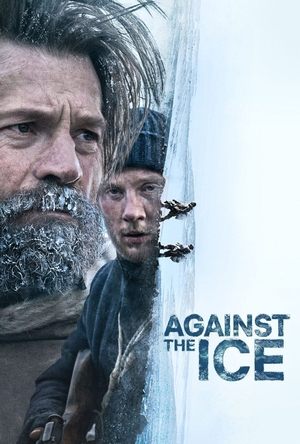 6.8
6.8Against the Ice(en)
In 1909, two explorers fight to survive after they're left behind while on a Danish expedition in ice-covered Greenland.
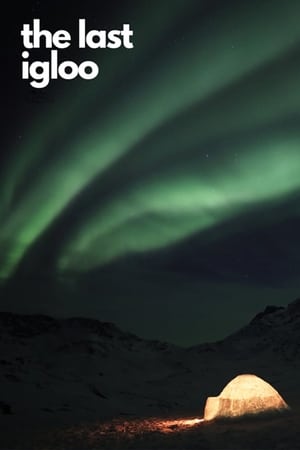 7.7
7.7The Last Igloo(en)
Documentary that follows a lone Inuit as he hunts, fishes and constructs an igloo, a way of life threatened by climate change.
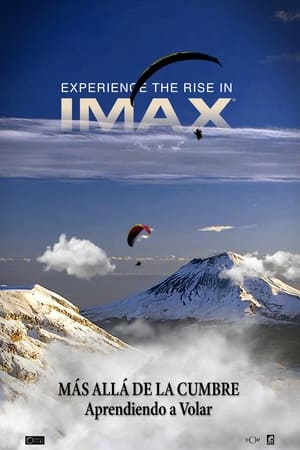 5.0
5.0Beyond the Summit: Learning to Fly(es)
In some of the most extraordinary natural landscapes in Mexico, a group of mountaineers have set out to explore a world labeled as impossible, but from a space reserved only for birds.
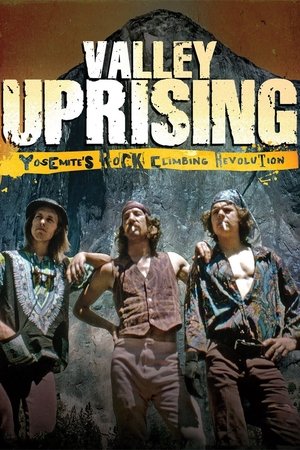 7.7
7.7Valley Uprising(en)
In the shady campgrounds of Yosemite valley, climbers carved out a counterculture lifestyle of dumpster-diving and wild parties that clashed with the conservative values of the National Park Service. And up on the walls, generation after generation has pushed the limits of climbing, vying amongst each other for supremacy on Yosemite's cliffs. "Valley Uprising" is the riveting, unforgettable tale of this bold rock climbing tradition in Yosemite National Park: half a century of struggle against the laws of gravity -- and the laws of the land.
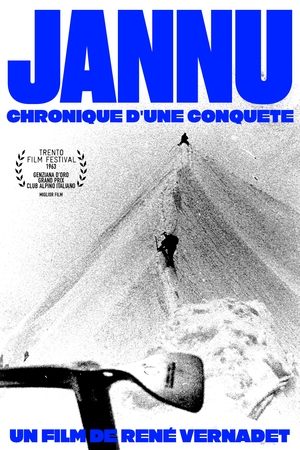 10.0
10.0Jannu, Chronicle of a Conquest(fr)
Three years after the 1959 expedition, abandoned 350m from the summit, Lionel Terray leads a new assault on Jannu, one of the most demanding peaks in the Himalayas. At the base camp, equipment and food rations are prepared. The conditions are optimal and the ascent can begin. The camera follows the progress of the mountaineers and Sherpas as closely as possible, from one high-altitude camp to another: installing fixed ropes, progressing over crevasses, in the middle of frozen towers, vertically down immense ice falls or along the edge of sharp ridges. From 7000m, oxygen bottles become essential, as the difficulty of the climb prevents acclimatization. The expedition is a total success: the majority of its members reach the 7710m summit.
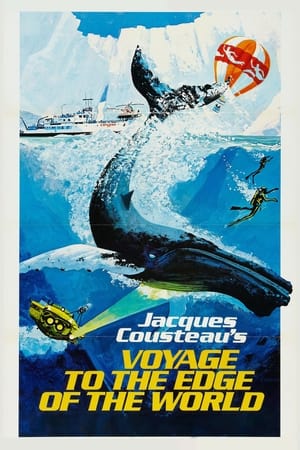 6.9
6.9Voyage to the Edge of the World(fr)
On his ship "Calypso," as well as in a submarine, Jacques Cousteau and his crew sail from South America and travel to Antarctica. They explore islands, reefs, icebergs, fossils, active volcanic craters, and creatures of the ocean never before seen. This voyage took place in 1975, and Captain Cousteau became one of the first explorers ever to dive beneath the waters of the frozen South Pole.
 10.0
10.0Nanda Devi(fr)
In 1975, Raymond Renaud, Yves Pollet-Villard, Maurice Gicquel, Maurice Cretton, Jean Coudray, Yvon Masino, Walter Cecchinel, all teacher guides at ENSA in Chamonix, with the help of the Indian Mountaineering Foundation, set out to cross the 2 peaks of the highest mountain in India. After 43 hours in a truck, 10 days of slow and difficult approach walking, helped by goats for the portage due to lack of sherpas, the base camp is set up on the Nanda Devi glacier. Two groups share the two eastern and western slopes, 3 kilometers separate them: the goal being to meet between the two summits by the ridge. But on the big day, with the monsoon, bad weather arrives with wind and snow, we will have to give up. Like the French expedition of 1951 which lost two mountaineers, Roger Duplat and Gilbert Vigne, to whom Paul Gendre and Louis Dubosc pay tribute.
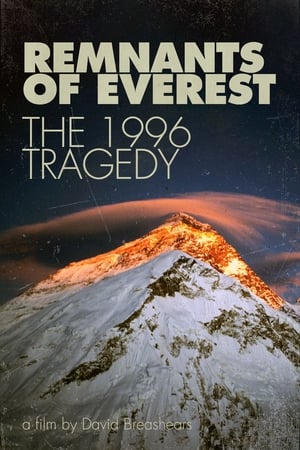 8.2
8.2Remnants of Everest: The 1996 Tragedy(en)
As darkness fell on May 10, 1996, a fast-moving storm of unimaginable ferocity trapped three climbing teams on the slopes of Mount Everest. The climbers, exhausted from their ascent to the summit, were soon lost in the dark, in a ferocious blizzard, far from the safety of High Camp at 26,000 feet. This film tells the story of the five climbers who perished in this storm, marking the worst climbing tragedy in the history of Mount Everest. But most remarkably, it's the story of eleven climbers caught in the storm, and eyewitness accounts of their astonishing survival in the world's most unforgiving environment.
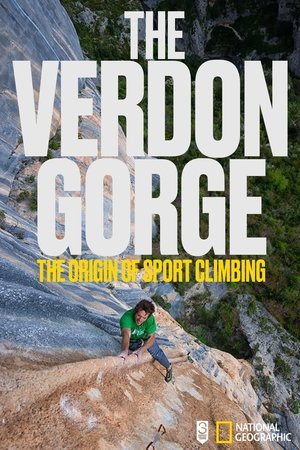 10.0
10.0The Verdon Gorge, The Origin Of Sport Climbing(en)
Released in 2016, the short film by Keith Ladzinski, Josh Povec and Andy Mann traces the origins of sport climbing in the legendary Verdon Gorges, which Americans inevitably compare to the US Grand Canyon. The Verdon is where climbing flourished in the 1970s. Through the eyes and experiences of Bruno Clément, Alan Carne, Emily Harrington, François Guillot, Matt Segal and Jonathan Siegrist, we take a look back in (very beautiful) images at the different routes of the Verdon Gorges.
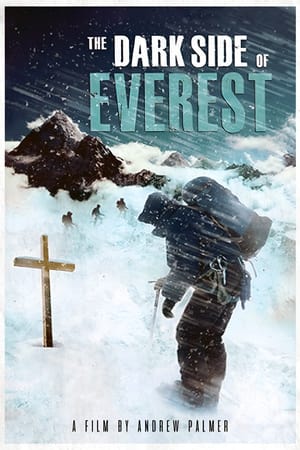 10.0
10.0The Dark Side of Everest(en)
May 25, 1996 - Bruce Herrod, a South African mountaineer reached the summit of Everest at 5 p.m. On the radio, we urge him to come down as soon as possible because the descent is dangerous in the middle of the night. A few hours later, no news from him. From this South African expedition which turned into a fiasco and another expedition carried out in parallel, the testimonies of the members of these expeditions show to what extent the thirst for climbing to the top of certain mountaineers, combined with the lack of oxygen , can alter the lucidity of climbers to the point of changing their relationship to death and thus lead them to neglect other expedition members in order to ensure their victory or save their own life.
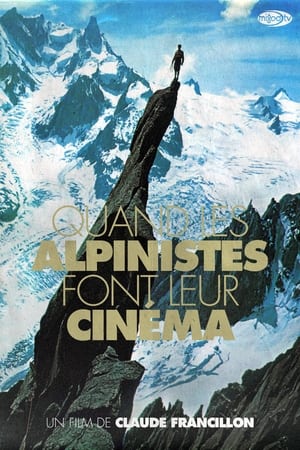 10.0
10.0When the Mountaineers Make Their Cinema(fr)
Many mountaineers as part of their activity have used cameras and films to allow us to participate through images in their adventures and their emotions. Many of them have become true film professionals: Joseph Vallot, Lionel Terray, Marcel Ichac, Renè Vernadet, Jean Afanasieff, Pierre Royer, Denis Ducroz, Kurt Diemberg and many others are among the conquerors of the image of the mountain. The film depicts the passion of these men on the highest mountains in the world... behind the lens.
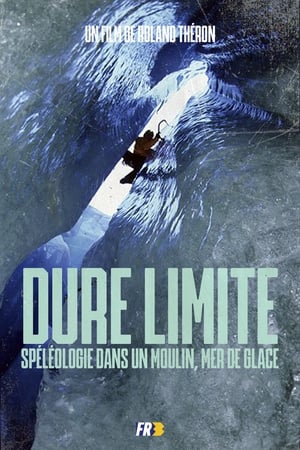 10.0
10.0Dure Limite: Caving in a mill, Mer de Glace(fr)
The Mer de Glace in Chamonix, November 86: every summer the meltwater that runs on the surface of the glacier flows into a huge crevasse called "a mill". In 1897, Joseph VALLOT had explored it to a depth of 60m, a lake had prevented him from going any further. Since then no one had descended into this well. In the fall, a multidisciplinary team made up of mountaineers including Jean Marc BOIVIN, speleologists and scientists descending into the crevasse... Superb images and live comments in a temperature of 0° and a humidity of 100%. The team reached 110m deep under the ice, a world first in glacier exploration. Jean marc BOIVIN seems delighted with his first speleological exploration. With the participation of Serge AVIOTTE, Jean Michel ASSELIN, Jean Marc BOIVIN, Janot LAMBERTON, Pierrot PILLET, Louis REYNAUD, Jean Luc RIGAUD and Denis TERMIER.
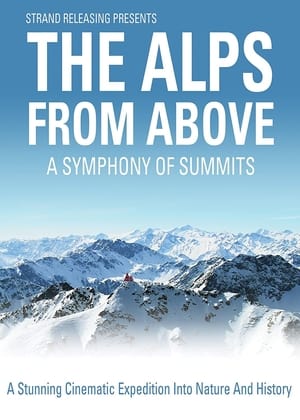 7.0
7.0The Alps from Above: Symphony of Summits(de)
The most important mountain range in Europe is more than a holiday destination for sports and relaxation. The Alps are not just an unpredictable force of nature against which humans have to assert themselves again and again, or an area steeped in history, but also a landscape that enchants. The documentary takes a foray through the history and geography of the Alps.
 10.0
10.0Under The Eye Of Qomolangma(fr)
The French High Mountain Military Group (G.M.H.M.) expedition to Everest in 1981, led by General Pierre Astorg, took place on the north face of the mountain. Fifteen military climbers participated in this expedition, which lasted approximately ninety days. Their goal was to reach the summit by following a siege approach, but despite their efforts, the expedition failed to reach the summit. The French military, engaged since the beginning of March on the north face of Everest (8,848 meters), gave up less than 300 meters from the summit. The climbers, Jean-Claude Mosca, Hervé Sachetat, and Hubert Giot, gave up on setting up Camp 7, the last planned intermediate camp, at 8,600 meters. Poor weather conditions and the physical condition of the expedition members were the reasons for the failure of this meticulously prepared expedition...
 8.0
8.0Extreme der Tiefsee - Abysses(fr)
The deep waters of the Southern and Pacific Oceans still hold many mysteries. Two international teams of scientists set out to explore the icy depths of Antarctica and the abysses of the Mariana Trench. Filmed for the first time, creatures seemingly from another galaxy cohabit with champions of survival in extreme conditions.
Land Uncharted(en)
In the 1930s a trio of unlikely adventurers set off to find a heretofore uncharted land. It has existed in stories and myths for centuries and is believed to be somewhere around the North Pole. Hounded by an overambitious agent of the USSR, the explorers end up finding much more than they ever expected.
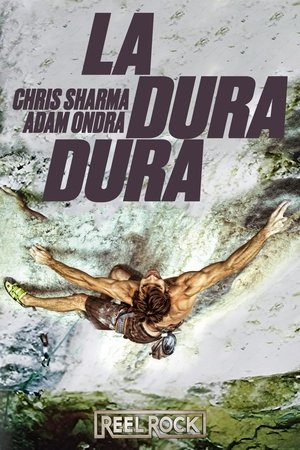 10.0
10.0La Dura Dura(en)
La Dura Dura is a documentary about climbing in Oliana and Margalef. Directed by Josh Lowell in 2012 and produced by Sender Films, it is part of the Reel Rock 7 series. Chris Sharma has dominated the climbing world for 15 years, but a 19-year-old prodigy, Adam Ondra, is now hot on his heels. The legend and the young outsider team up in Spain to open the world's most perilous climbing route.
 10.0
10.0The Gate of Heaven(fr)
A legendary film in the history of rock climbing in the Verdon Gorges, shot in 16mm between the autumn of 1978 and the spring of 1979 by Henri Agresti, a high mountain guide. For the first time, acrobatic shots were taken on the walls of the Verdon. We rediscover a whole generation of pioneers on routes like Dingomaniaque, Triomphe d'Eros, Péril rouge, Luna Bong, Pichenibule or Necronomicon, routes which, like Dingomanique or Triomphe d'Eros, had just been opened. We witnessed a major turning point in the style and possibilities of rock climbing at the end of the 1970s: anchors sealed by drilling used as belaying and no longer as aids, new equipment: climbing shoes and chalk, harnesses and figure eights. Henri Agresti's unfinished and silent film, lasting around fifty minutes, was presented in the form of a nine-minute fragment at the Trento Film Festival in 1981.

